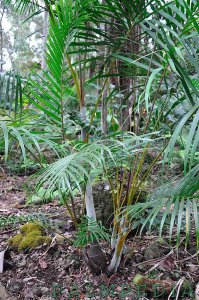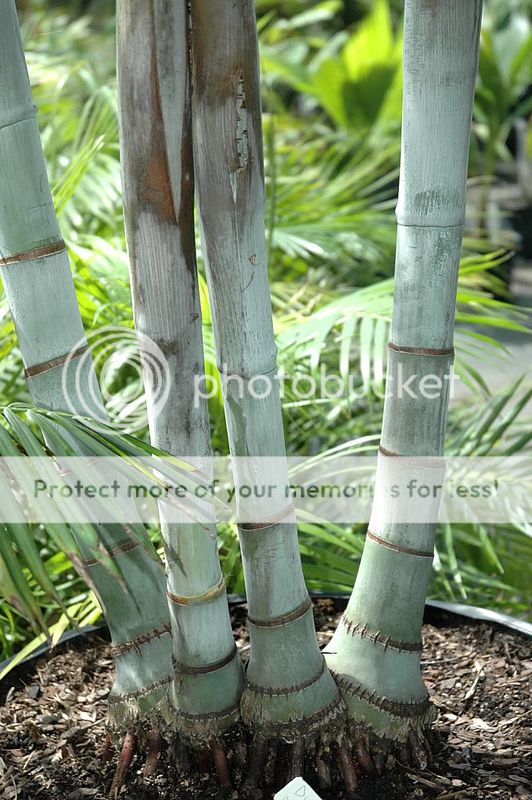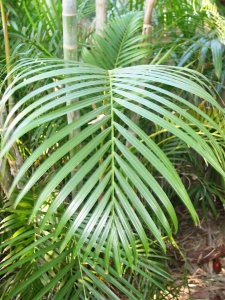- 9,565
- 28/09/07
- 121
- 223
There seems to be a lot of confusion, or just lack of info, as to what is D. arenarum, and whether anyone has the real deal.
Here are some pics of what I purchased as D. arenarum. It's a super fast grower. As you can see it looks a lot like D. lutescens, but it's supposed to from what I have read. Except, as you can see, it has a lot of nice color. Way more than a typical D. lutescens, and it certainly is growing a lot faster.
Can anyone straighten me out???



Here are some pics of what I purchased as D. arenarum. It's a super fast grower. As you can see it looks a lot like D. lutescens, but it's supposed to from what I have read. Except, as you can see, it has a lot of nice color. Way more than a typical D. lutescens, and it certainly is growing a lot faster.
Can anyone straighten me out???



Last edited:













